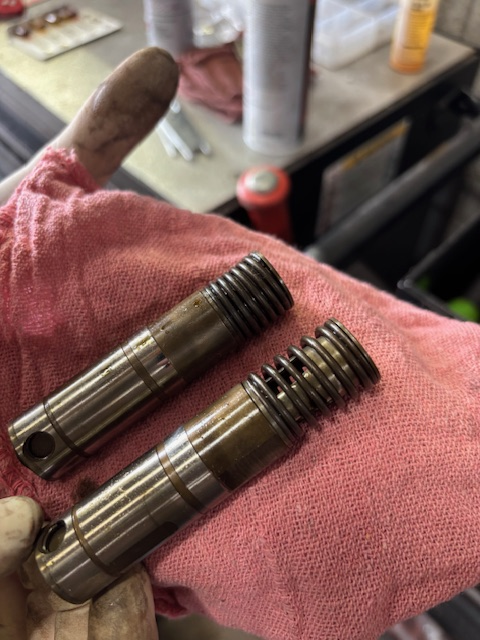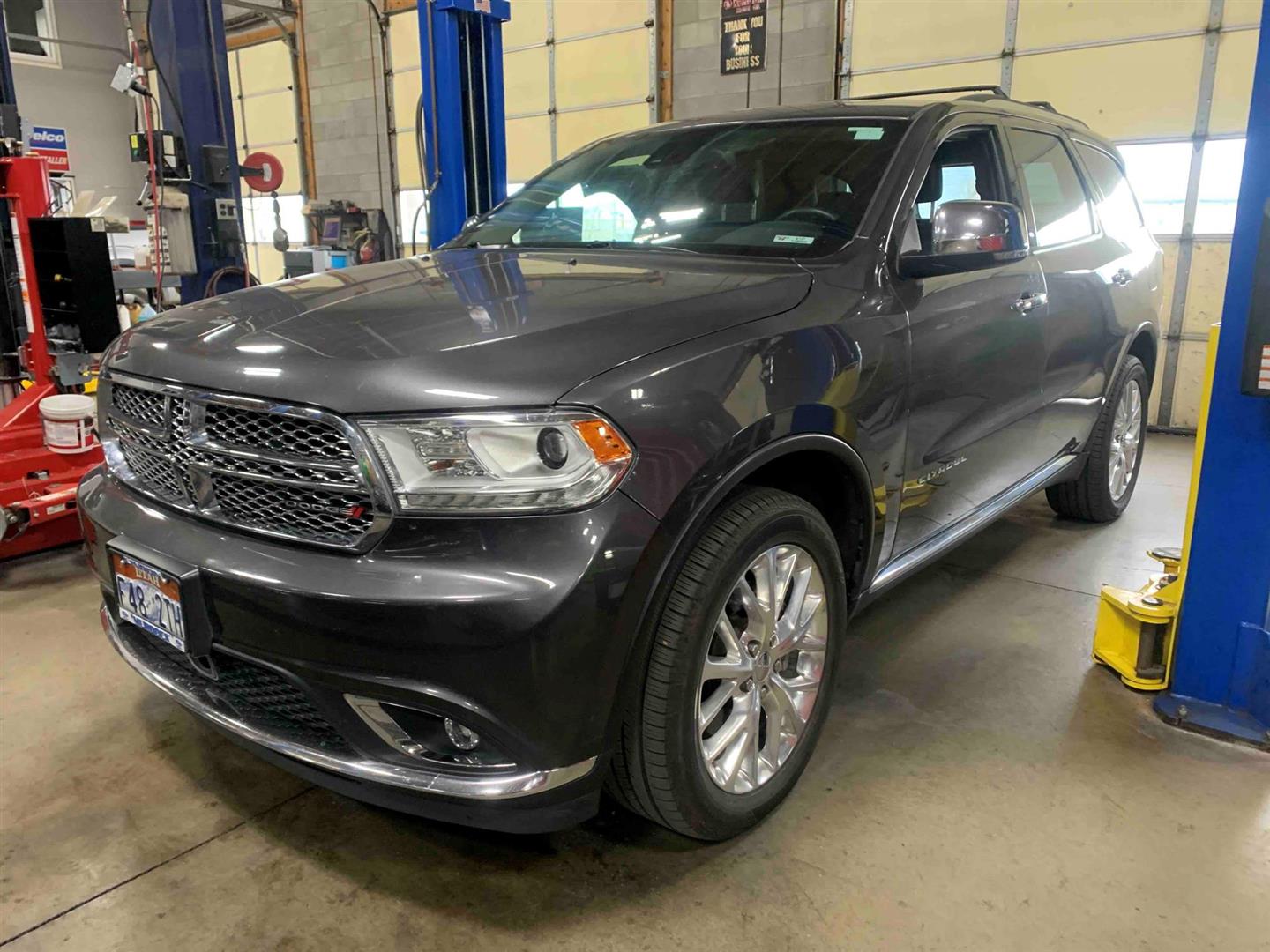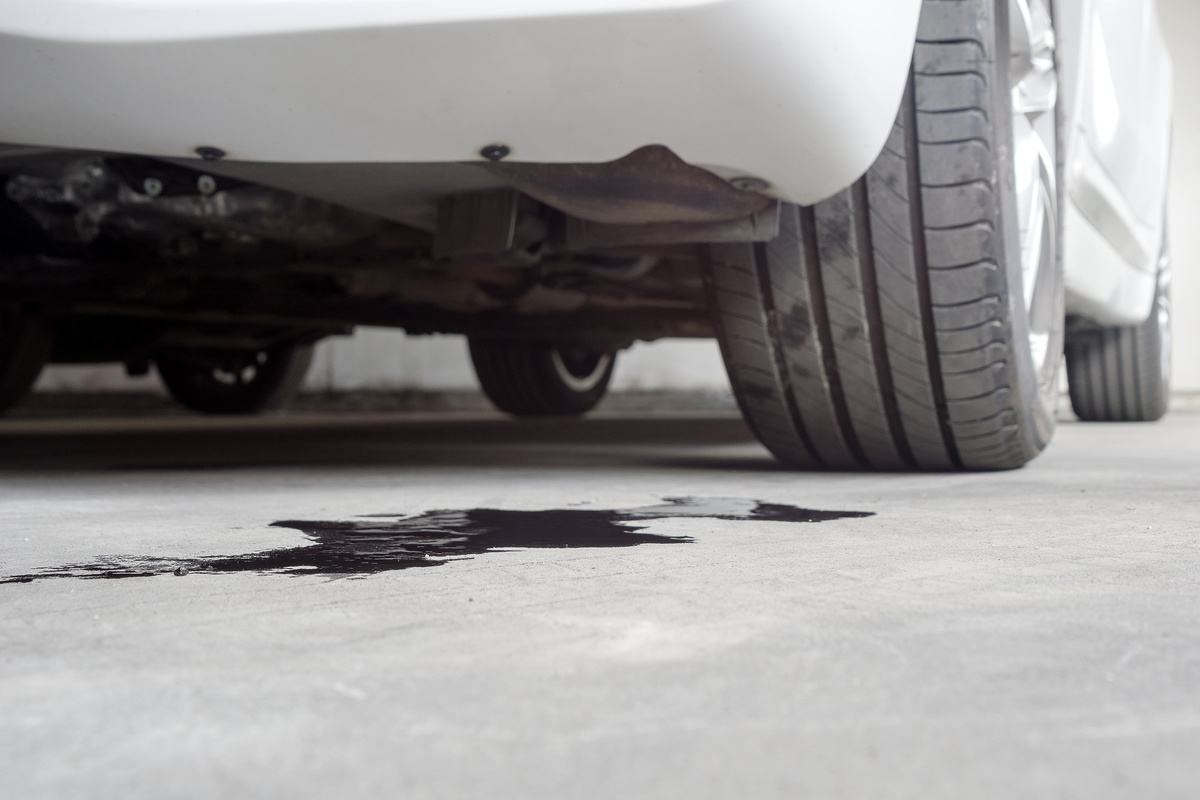Posted on 6/11/2025

Active Fuel Management (AFM)—also known as Cylinder Deactivation—is GM’s variable-displacement engine technology. It's designed to improve fuel economy by allowing V6 and V8 engines to deactivate cylinders under light-load conditions, such as steady highway driving. When deactivated, these cylinders are closed off and filled with trapped air, effectively turning them into air springs. This reduces energy loss through pumping, helping the engine run more efficiently while maintaining a smooth driving experience. 👨🔧 How AFM Works 🔧 Hydraulic Lifter Control AFM uses a combination of solenoids and hydraulically-actuated lifters, located in the engine valley, to disable specific intake and exhaust valves. These lifters, supplied by Eaton and Delphi, temporarily prevent certain cylinders from firing, allowing the engine to operate in a leaner mode when full power isn't ... read more
Posted on 5/28/2025

When you're cruising down the freeway, you expect the road to be clear—free of hazards and distractions. But one of the most common yet often overlooked threats to your safety is loose debris that may suddenly appear in your lane. Loose items or parts falling from other vehicles can lead to serious accidents, vehicle damage, and even fatalities. While debris might seem like a minor inconvenience, it can cause life-altering consequences if not properly managed. Whether it’s a piece of machinery, a broken car part, or even construction materials, loose debris on the freeway can lead to catastrophic outcomes. In this blog post, we’ll explore why securing your load, checking for loose parts, and maintaining your vehicle are critical—not just for your safety, but for the safety of everyone on the road. What Is Loose Debris ... read more
Posted on 2/26/2025

Why Won’t My 2018 Toyota Sienna Power Sliding Doors Open? If you’re having trouble with your 2018 Toyota Sienna’s power sliding doors, you’re not alone. These doors are convenient, but they can sometimes malfunction due to electrical or mechanical issues. Here are some common reasons why your Sienna’s sliding doors won’t open and what you can do about it. 1. Child Safety Lock Engaged Before assuming there’s a major issue, check if the child safety lock is engaged. If it is, the doors won’t open from the inside. You can disable this by flipping the switch near the door latch. 2. Power Sliding Door Switch Turned Off Toyota Sienna’s have a power sliding door control switch, usually located on the dashboard near the steering wheel. If this switch is turned off, the doors won’t operate automatically. Try toggl ... read more
Posted on 2/19/2025

Chrysler 3.6L Oil Cooler Leaks: What Dodge Caravan & Jeep Cherokee Owners Need to Know The Chrysler 3.6L Pentastar engine, found in vehicles like the Dodge Grand Caravan, Jeep Cherokee, and Chrysler Town & Country, is a powerful and efficient V6. However, one common issue owners face is oil cooler leaks, which can lead to serious engine damage if not addressed promptly. Here’s what you need to know about this problem and how to fix it before it turns into a costly repair. What is the Oil Cooler & Why Does It Matter? The oil cooler helps regulate engine oil temperature by dissipating e ... read more
Posted on 1/30/2025

Subarus are renowned for their reliability, all-wheel-drive capabilities, and longevity. However, like any vehicle, they aren’t immune to mechanical issues. One of the most common problems Subaru owners encounter is oil leaks. While this can be a frustrating issue, understanding the typical causes, signs, and solutions can help you stay ahead of potential problems and keep your Subaru running like new. Common Sources of Oil Leaks in Subarus Subaru’s unique engine design, particularly its horizontally opposed (boxer) engine, contributes to its performance and balance. However, this design also makes certain seals and gaskets prone to wear. Here are the most common culprits: 1. Valve Cover Gaskets The valve cover gaskets are a frequent source of oil leaks, especially in older Subarus or those with higher mileage. These gaskets seal the valve covers to the cylinder heads, preventing oil from escaping. Over time, they can degrade due to hea ... read more